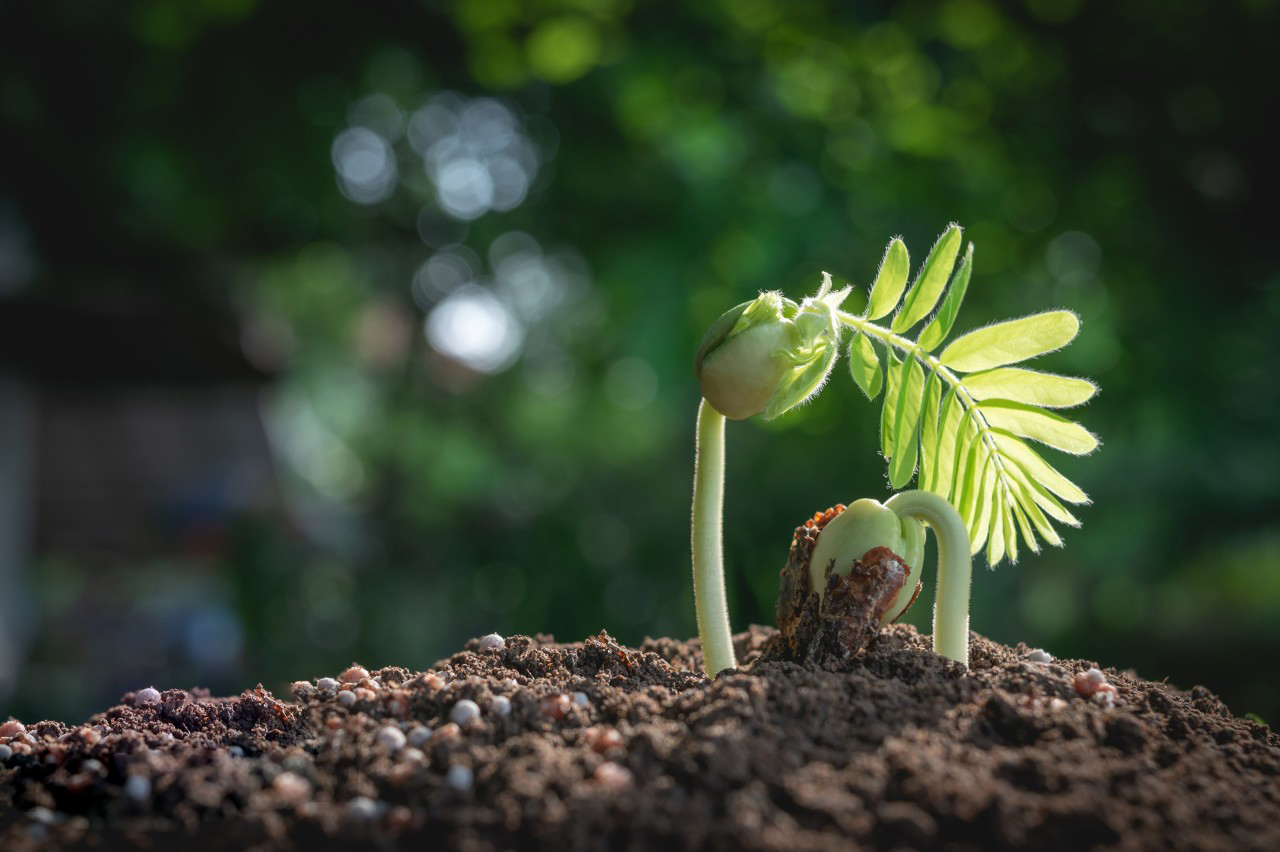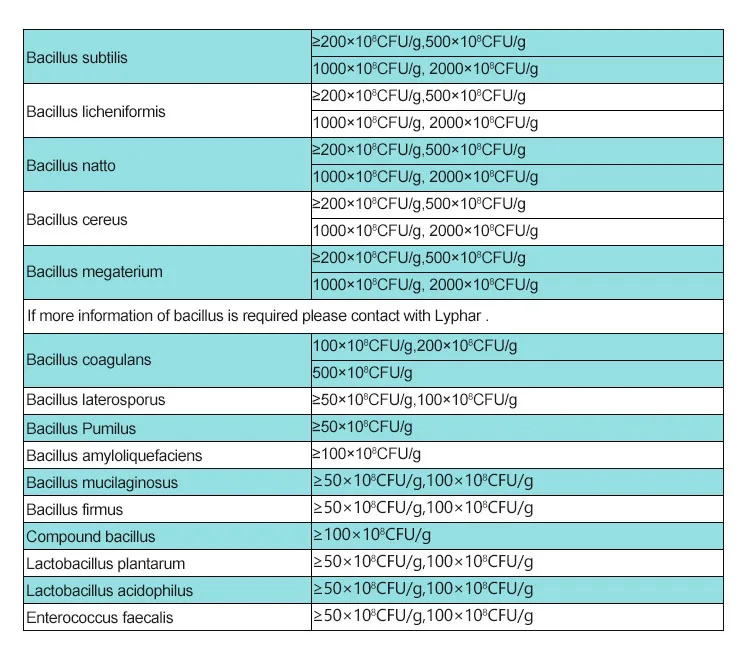Trichoderma harzianum is a species of fungi commonly used in agriculture and horticulture for its beneficial properties. Here are some pros and cons associated with Trichoderma harzianum:
Pros of Trichoderma Harzianum:
Biocontrol Agent: Trichoderma harzianum is known for its biocontrol capabilities. It acts as a natural antagonist to various plant pathogens, such as certain fungi and bacteria. This can help in preventing or controlling diseases in crops.
Enhances Plant Growth: This fungus has been reported to promote plant growth by improving nutrient uptake and root development. It can also stimulate the plant’s natural defense mechanisms, leading to healthier and more robust plants.

Compatibility with Other Control Agents: Trichoderma harzianum is compatible with many chemical and biological control agents. This versatility allows for integrated pest management strategies, combining different methods for more effective pest and disease control.
Environmentally Friendly: As a biological control agent, Trichoderma harzianum is considered environmentally friendly. It reduces the reliance on chemical pesticides, which can have adverse effects on the environment, non-target organisms, and human health.
Soil Improvement: The fungus has the ability to enhance soil structure and fertility. It secretes enzymes that break down organic matter, releasing nutrients and making them more available to plants. This contributes to overall soil health.
Cons of Trichoderma Harzianum:
Temperature Sensitivity: Trichoderma harzianum is sensitive to temperature extremes. It may not be as effective in very low or high temperatures, limiting its application in certain climates or seasons.
Specificity: While Trichoderma harzianum is effective against various pathogens, its efficacy can vary with different strains and target organisms. It may not be equally effective against all types of plant diseases.

Application Challenges: The application of Trichoderma harzianum can be challenging. Factors such as soil conditions, moisture levels, and the presence of other microorganisms can influence its effectiveness. Proper application techniques are essential for optimal results.
Time to Establish: It may take some time for Trichoderma harzianum to establish itself in the soil and reach levels where it can provide effective disease control. This delay could be a limitation in situations requiring immediate pest or disease management.
In summary, Trichoderma harzianum offers several advantages in agriculture, primarily as a biocontrol agent and promoter of plant growth. However, its effectiveness can be influenced by various factors, and proper management practices are crucial for maximizing its benefits.
